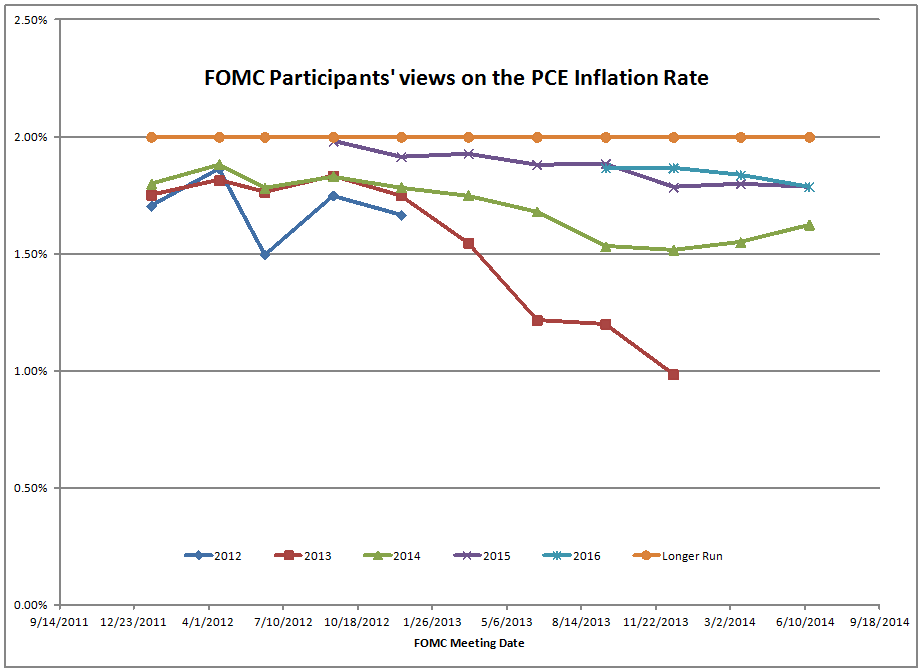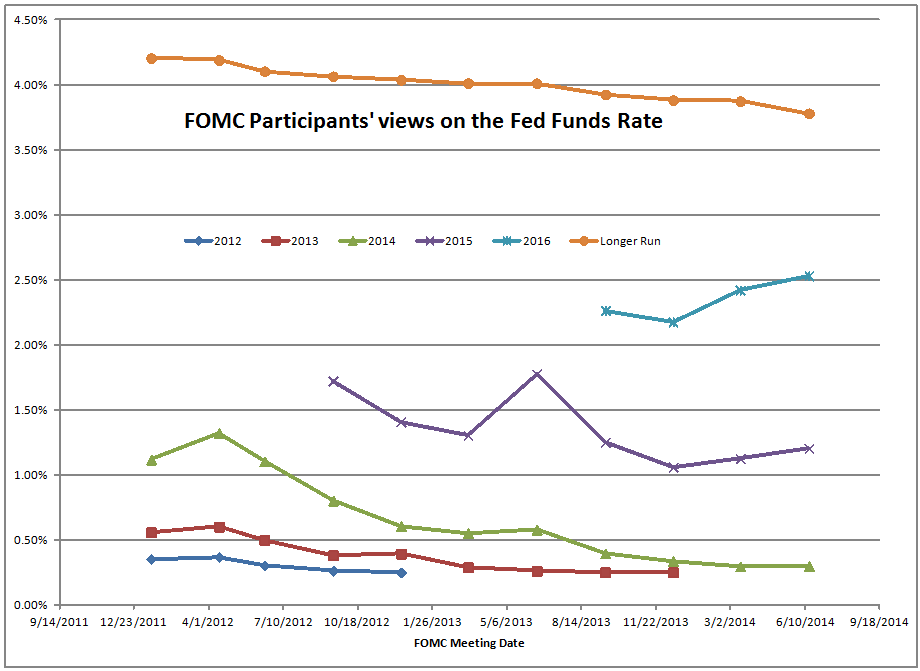For anyone interested in learning more about Dan Washburn, author of The Forbidden Game, ?you can consult his blog here. ?Aside from that, you can read my Q&A with him here. ?Hey, thanks for reading — I’m not a golfer, though I did it as a child, and was a caddy for some years. ?It is a phenomenon is society, and should be understood.
Anyway, here is the Q&A. ?In general, I say to authors that they don’t have to take all of my questions, and thus, you will see gaps in the numbers. ?Here it goes:
1.???????From the book?Prisoner of the State, Zhao Ziyang, even while in captivity was allowed to go golfing.? Now, many in the Party distrusted Zhao because he had adopted too many Western habits and modes of thought.? Has golf been legitimized for Party members to partake in, so long as they aren?t too flamboyant about it??
I don’t think so. Golf remains a taboo topic for China’s political elite, perhaps even more so now than in years past thanks to Xi Jinping’s ongoing crackdown on government corruption. Simply put, Chinese officials shouldn’t be able to afford to play golf in China. Their salaries are modest (last year, it was reported that President Xi’s annual salary is just $19,000) and golf in China is extremely expensive (it can cost $150, often more, to play 18 holes). So, while most Chinese assume that all government officials have other sources of income, playing golf on a regular basis would be a rather conspicuous admission of double-dealing. We all know some Chinese officials are filthy rich, and some indeed do play golf ? but they still need to do so on the sly.
4.???????In the US, golf is usually thought of as a rich man?s game.? Your book seems to indicate that it is also true in China, but is it more so, or less so than in the US?
Golf on average is much more expensive in China than in the United States. There are no public courses, per se, so you’re stuck having the pay a hefty fee to get on a so-called “private” course. Those on a budget usually stick to the driving ranges, which are often quite crowded.
5.???????You got me to root for each of your main characters, Zhou Xunshu, Wang Libo, and Martin Moore.? It?s a much more interesting book as a result, than say a straight golf history of China book.? How did you settle on this structure of the book?? How many other characters did you try out before settling on these three?
That’s great to hear, David. I always envisioned this as a character-driven book, narrative non-fiction that keeps you turning pages like a novel. Originally, the book was going to focus solely on Zhou, with other stories related to golf’s development in China branching off from his underdog narrative. But eventually my editor and I decided, I think wisely, to add two more characters that readers could become invested in. The first people who came to mind were Martin and Wang. They were good people with very interesting stories to tell, and they allowed us to explore aspects of golf’s rise in China that Zhou on his own did not.
6.???????Why did the Chus, running Mission Hills in China insist that they had to build the largest golf course complex in the world, not just once but twice?? Were they that way in all of their business dealings?
I’m not quite sure where the drive to be the biggest and best at everything stemmed from, but the Chus certainly weren’t alone. I recall at one point during my time in China that Shanghai had plans to be home to the world’s fastest train, the world’s tallest building, even the world’s largest ferris wheel. As China has emerged in recent decades, it has become a nation of superlatives. Mission Hills fits right in.
?
8.???????As you wrote the book, what thing or things surprised you the most?
When I started covering golf tournaments in China in 2005, I knew little about the issues surrounding the development of the game there. But the more I dug, the more I realized that golf, and the complex world that surrounds it, is really a microcosm of China at the moment. The story touches on everything: the booming economy, the widening gap between rich and poor, rural land rights, environmental concerns, wild west development, and political intrigue. Golf, surprisingly, seemed to be perfect lens through which to view China during the first decade of this new millennium.
?
9.???????Why did the book?s title change from?Par for China, to?The Forbidden Game?
It was a natural evolution.?Par for China?was always my working title, but the publisher really fell in love with?The Forbidden Game, which was the title of a related story I wrote for?Slate?a few years ago. And it works on many levels. Golf was, in fact, forbidden in China for some 35 years after the Communists came to power (2014 marks the 30-year anniversary of the opening of modern China’s first golf course). Playing golf was also forbidden for Zhou when he worked as a golf course security guard. And today, building new golf courses is supposedly forbidden in China ? and we all know how well that’s working.
?
10.???How long were you at work on the book?? 6-8 years?
Yes, it’s been a labor of love. I first met Zhou late in the summer of 2006, and I found his story so fascinating I immediately started formulating a book in my mind. Of course, it took me another four years to actually sell the book, and a few more after that to write it. Those extra years allowed be to add a lot more depth to the story, though, so it all worked out in the end.
11.???How avid of a golfer are you?
I’m not. So, it’s a good thing this isn’t a how-to book. I took some lessons while in China, but quite honestly couldn’t afford to be an avid golfer there. Once I moved back to the U.S., all of my free time was spent writing. So, now that I have completed my golf book, now maybe I can finally take up golf!







